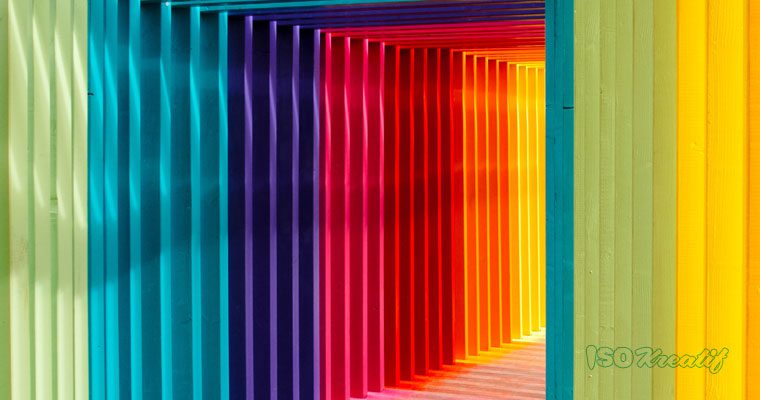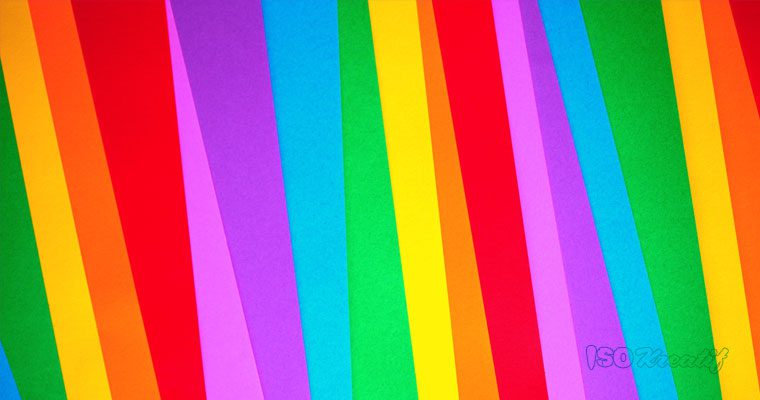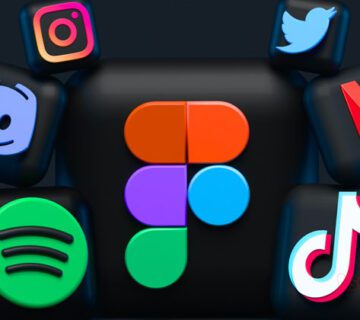Color Psychology in Logo Design Introduction
Color Psychology in Logo Design plays a crucial role in professional logo design, and the use of Color Psychology in Logo Design can help create a strong visual representation of a brand. Color psychology is the study of how colors affect human behavior, emotions, and perceptions. In this article, we will explore the role of color psychology in professional logo design and how to effectively use colors to communicate a brand’s message and personality.
1. Understanding Color Psychology
Color Psychology in Logo Design is the study of how colors affect human behavior and emotions. Different colors evoke different emotions and perceptions, and the use of color can influence how a person perceives a brand. Understanding color psychology can help designers create a logo that effectively communicates the brand’s personality and message.

2. The Psychology of Different Colors
- Red
Red is a bold and attention-grabbing color that evokes feelings of passion, excitement, and energy. It is often used in logos for companies in the food, beverage, and entertainment industries. However, red can also be associated with danger and warning.
- Orange
Orange is a warm and friendly color that evokes feelings of happiness and optimism. It is often used in logos for companies in the hospitality and healthcare industries.
- Yellow
Yellow is a bright and cheerful color that evokes feelings of happiness, optimism, and warmth. It is often used in logos for companies in the food, beverage, and retail industries.
- Green
Green is a calming and natural color that evokes feelings of growth, harmony, and balance. It is often used in logos for companies in the health, wellness, and environmental industries.
- Blue
Blue is a calming and trustworthy color that evokes feelings of stability, trust, and security. It is often used in logos for companies in the finance, healthcare, and technology industries.
- Purple
Purple is a regal and luxurious color that evokes feelings of creativity, sophistication, and spirituality. It is often used in logos for companies in the beauty, fashion, and entertainment industries.
- Black
Black is a powerful and sophisticated color that evokes feelings of elegance, authority, and sophistication. It is often used in logos for companies in the luxury and high-end industries.

3. How Amazing the Use of Color Psychology in Logo Design
- Consider the Brand’s Personality
The first step in using color psychology in logo design is to consider the brand’s personality. The designer should research the brand’s values, target audience, and competition to determine the appropriate color palette. The colors should effectively communicate the brand’s message and personality.
- Use Color Contrasts
Color contrasts can be used to create a strong visual impact and increase legibility. The designer should consider using contrasting colors for the text and background to ensure that the logo is readable and recognizable.
- Keep it Simple
The use of too many colors can create a cluttered and confusing logo. The designer should limit the color palette to two or three colors to ensure that the logo is simple and effective.
- Use Negative Space
Negative space can be used to create a strong visual impact and increase legibility. The designer should consider using negative space to create a hidden image or message within the logo.
Finally comes to Conclusion
In conclusion, color psychology plays a crucial role in professional logo design. Different colors evoke different emotions and perceptions, and the use of color can influence how a person perceives a brand. Understanding color psychology can help designers create a logo that effectively communicates the brand’s personality and message. When using color psychology in logo design, designers should consider the brand’s personality, use color contrasts, keep it simple, and use negative space. A well-designed logo that effectively uses Color Psychology in Logo Design can create a strong visual representation of the brand and help establish brand recognition and customer loyalty.



No comment